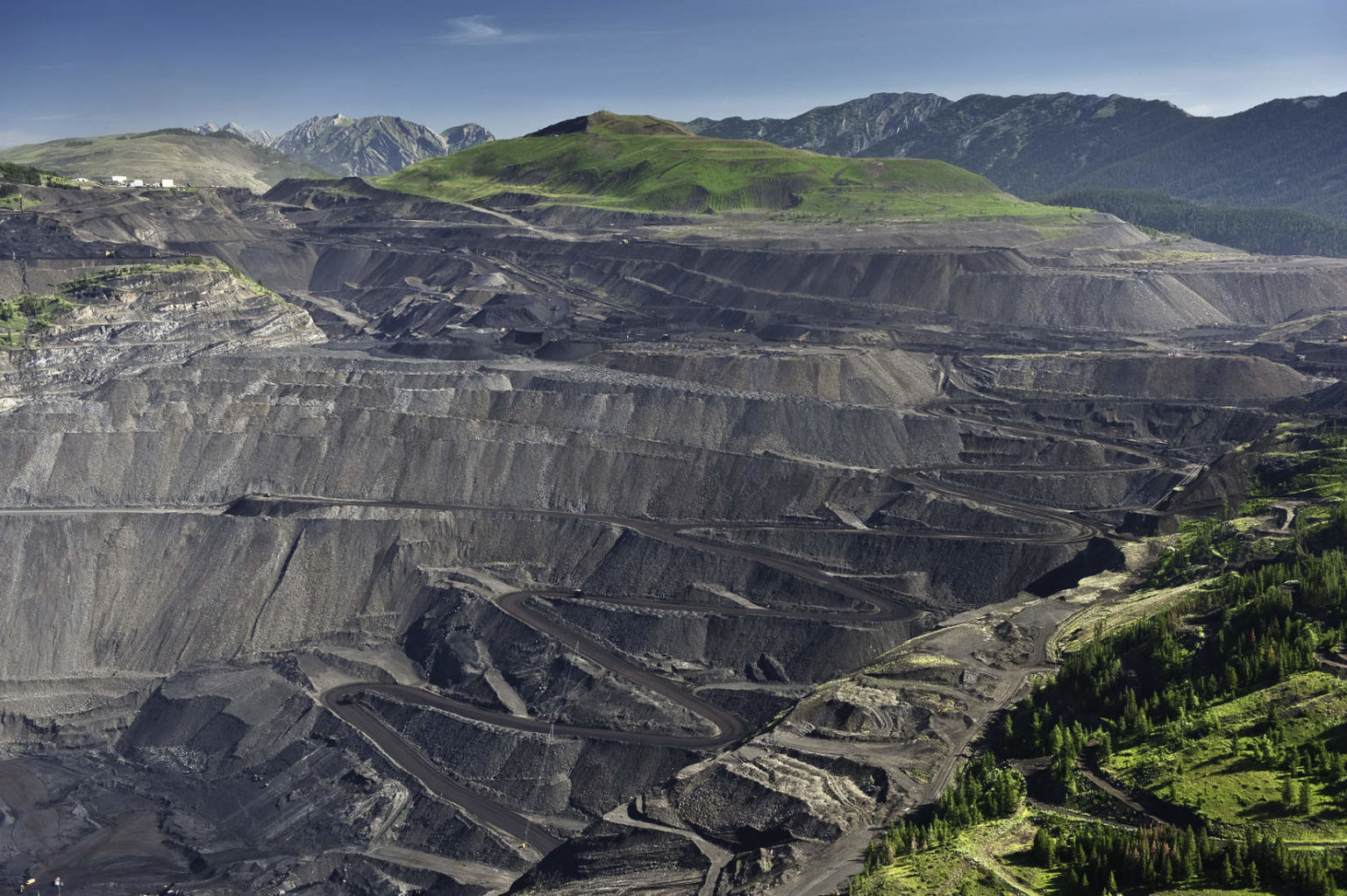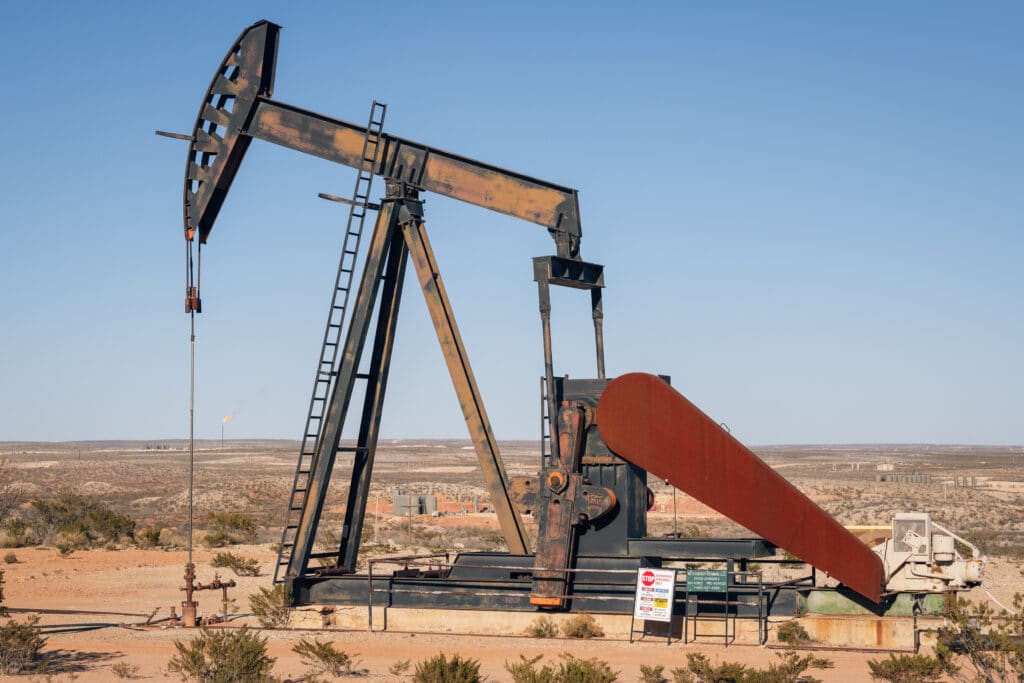The continuous flow of dangerous pollution from B.C.’s Elk Valley coal mines into a Montana watershed is a top discussion item for Canadian and U.S. delegates convening at a bilateral meeting in Washington, D.C., Thursday.
Selenium from five metallurgical coal mines owned and operated by Teck Resources has been leaching into B.C.’s Elk River and flowing southeast into Montana’s Kootenai River watershed for decades. Contamination levels measured in U.S. waters exceeds maximum concentration limits outlined by the U.S. Environmental Protection Agency.
Selenium is released from waste rock piled at Teck’s large-scale open-pit coal mines, where rainfall and snowmelt draw it into the Elk and Fording Rivers. Selenium can be harmful to biological organisms at even small amounts and causes deformities in fish and birds.
Michael Jamison, program manager with the National Park Conservation Association’s Glacier Field Office in Montana, said it’s a good sign the pollution of the transboundary watershed is on the bilateral agenda.
“People have been discussing the transboundary water issue between B.C. and Montana as a potential agenda item for the bilaterals for over a decade,” Jamison told DeSmog Canada. “They’re finally there.”
The decades-old problem of contamination received new attention from top U.S. officials, including former Secretary of State Rex Tillerson, who vowed to put pressure on his Canadian counterparts to address the ongoing pollution problem.
Montana Senator Jon Tester has been raising the profile of the issue for years, saying the Kootenai watershed, which is a popular spot for recreational fishing and outdoor activity, is threatened by B.C.’s pollution.
Tester pushed for the Kootenai to be included in the recent U.S. government-spending bill, signed by President Donald Trump, which lists reducing the pollution flowing into the watershed as a budget priority.
“It seems like there’s some traction here that we’ve been missing for some time,” Jamison said.
“But this is what baffles me — it’s bad enough that us in Montana, the U.S. State Department and tribes on this side of the border are prioritizing it. But it must be so much worse farther north.”
“I guess I don’t understand how B.C. puts up with that.”
Teck was the single largest donor to the BC Liberal party, which governed B.C. for 16 years until last year. Between 2008 and 2017, the company gave $1.5 million to the BC Liberals. The company also donated $60,000 to the B.C. NDP in that same period.
Teck’s ongoing selenium nightmare
The reality of Teck’s selenium problems have unfolded over the last decade as the company has tried — unsuccessfully — to introduce an effective water treatment facility.
In October 2017 Teck pled guilty to three violations of the federal Fisheries Act for its pollution of the Elk River and was fined $1.4 million for a 2014 fish kill near the company’s Line Creek wastewater treatment plant.
The $600 million water treatment plant had only been in operation for four months when the fish kill — which included local bull trout, a species of special concern — occurred.
An expert report prepared for Environment Canada in 2014 found selenium poisoning caused spinal, head and skull deformities, missing fins and disfigured gill plates in fish eggs brought to laboratories to be hatched.
“As these surface mines have expanded, so has the volume of their selenium-laden water discharges to nearby stream and rivers,” Dr. Dennis Lemly, research associate professor at Wake Forest University in North Carolina, wrote in his report.
Lemly warned the Elk River watershed was at a tipping point and that further increases in selenium concentrations could lead to a “total population collapse of sensitive species such as westslope cutthroat trout.”
Erin Sexton, senior scientist with the University of Montana’s Flathead Lake Biological Station told DeSmog Canada that B.C. has granted permits for Elk Valley mines that allow for selenium levels ranging from 70 micrograms per litre to 19 micrograms per litre while the provincial criteria for protection of aquatic life is 2 micrograms per litre.
U.S. EPA regulations limit acceptable selenium pollution levels to 1.5 micrograms per litre.
Jamison said the rules don’t seem to apply to Teck’s mining operations in B.C. even after the company has been found to be in violation of provincial regulations.
“The regulators up north said, ‘nah that’s cool. As long as you promise you can fix it, you get your permit,’ ” he said.
“Whereas down here we have different methods to review, permit, monitor and regulate mines. And there’s not a lot of wiggle in it.”
“The lines seem to be drawn in ink on the U.S. side, and in pencil on the Canadian side.”
In the fall of 2017 Teck shut down the Line Creek water treatment plant after it found the facility was releasing a more bioavailable and thus more toxic form of selenium into the region’s waterways. Teck has since notified the B.C. government the treatment plant will be offline until 2018.
“Teck has invested millions in multiple treatment technologies, and at least twice they have shut down their one and only treatment plant, due to impacts to fish,” Sexton told DeSmog Canada.
“First for a fish kill, and now for a technology ‘error’ resulting in bio-concentration of selenium in the wastewater — the exact opposite intent of the treatment.”
Sexton, who has studied transboundary water quality for the last decade, said Teck and the B.C. government have not been forthcoming with their data on these issues.
“Frankly, we collected our own data in the Elk River system — the Flathead Lake Biological Station collected data for water quality and bugs — and Montana Fish and Game collected data for fish — because of the lack of data availability, transparency, and scientific objectivity that has characterized this issue for over a decade,” she said.
B.C. Minister of Environment George Heyman was unable to provide comment by time of publication.
“The lines seem to be drawn in ink on the U.S. side, and in pencil on the Canadian side.” https://t.co/f5UhxC79WC
— DeSmog Canada (@DeSmogCanada) April 26, 2018
Mine permits issued despite Teck’s prolonged pollution problems
Dave Hadden, executive director of Headwaters Montana, said he’s pleased to see the Kootenai listed on the bilateral agenda, but is concerned neither short-term nor long-term solutions are clearly at hand.
“This is a multi-century problem,” Hadden told DeSmog Canada. “The problem is not going to go away and there needs to be a mechanism that finds a solution for addressing a multi-century problem that is fair to Canada, fair to the U.S. and that provides mitigation for these impacts.”
Headwaters Montana is one of a coalition of groups asking B.C. follow international water quality standards before new Elk Valley coal mines are approved.
Lars Sander-Green from B.C. conservation group Wildsight said B.C. actively grants permits and approvals to Teck that not only maintain operations but allow for expansion.
“It’s more than just up and running. In order to continue mining and exporting coal they continue to expand their footprint, which means expanding their waste rock piles and the selenium problem,” he told DeSmog Canada.
A 2016 report from B.C. auditor general Carol Bellringer found it concerning that permits were granted to Teck Resources to expand its Line Creek Mine after staff at the Ministry of Environment found an expansion of the mine would exacerbate selenium pollution problems.
At the time, the BC Liberals granted a permit for the expansion invoking — for the first time in B.C. history — section 137 of the Environmental Management Act, which allows government to introduce waste into the environment if deemed in the public interest.
“Perhaps we should be looking at a temporary moratorium, additional fines or compensatory mitigation with biological offsets in other areas given the legacy of impacts they have created in the Elk,” Sexton said.
Image: Teck coal mining in the Elk Valley, B.C. Photo: Garth Lenz
Subscribe to our newsletter
Stay up to date with DeSmog news and alerts







